Photography in the Himalayas: Advanced Camera Tech for Nepal’s Landscapes
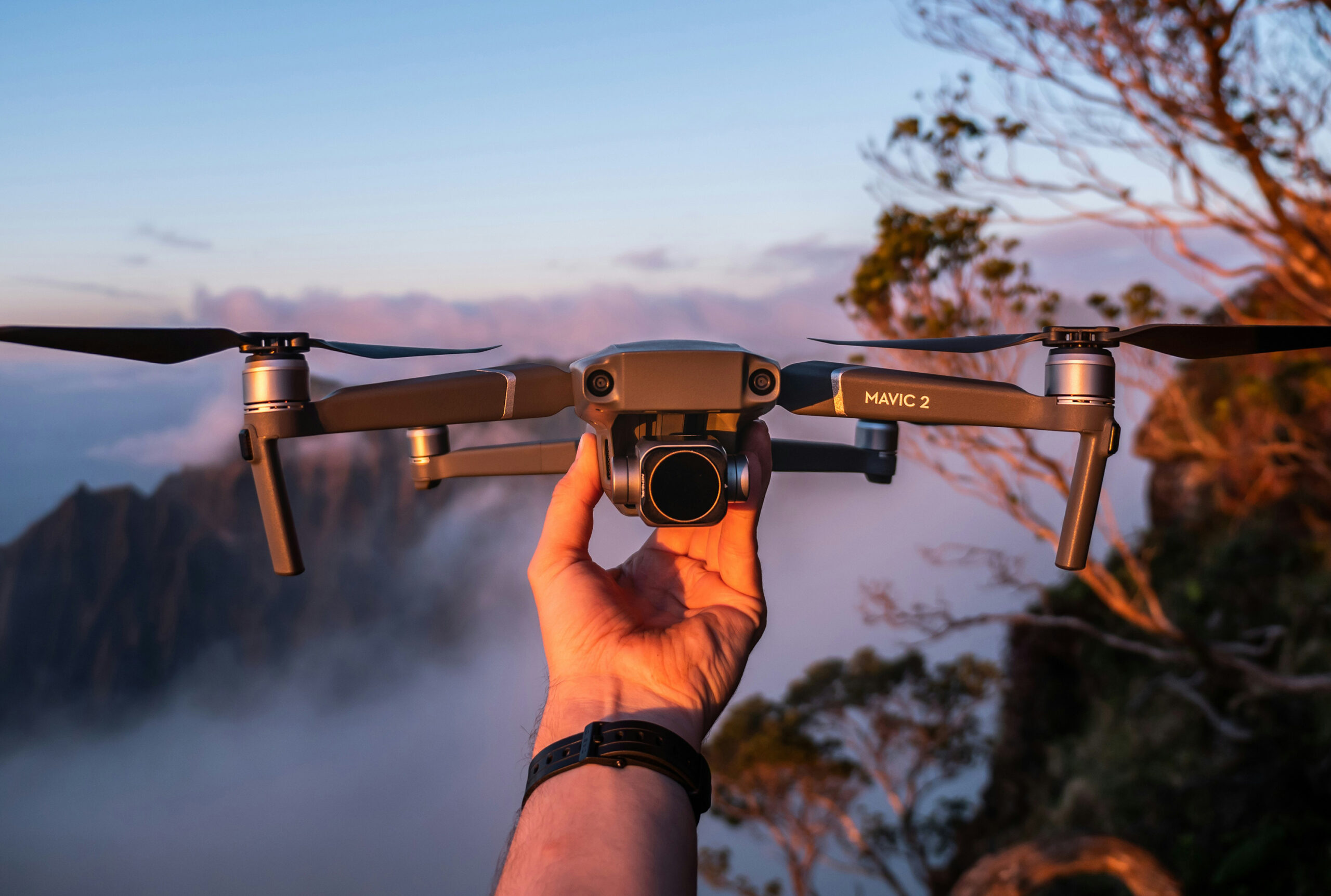
The Himalayas of Nepal offer some of the most breathtaking landscapes on Earth, a paradise for photographers chasing that perfect shot. From the towering peaks of Everest to the vibrant cultural tapestry of Kathmandu, each moment presents an opportunity for a stunning capture. However, photographing in such diverse and often challenging environments requires not just skill but also the right technology. Here’s a guide to the advanced camera tech perfect for capturing Nepal’s diverse landscapes.
Choosing the Right Camera
DSLR and Mirrorless Cameras
For professional-quality photos, DSLRs and mirrorless cameras are the go-to choices. The Nikon D850 and Canon EOS 5D Mark IV are excellent DSLRs for their dynamic range and high ISO performance, capturing stunning details even in low light conditions common in Himalayan mornings and evenings. On the mirrorless front, the Sony Alpha A7R IV and Fujifilm GFX 100 are known for their exceptional image quality and portability, a crucial factor when trekking.
Action Cameras
For those on the move or looking to capture high-action moments, action cameras are indispensable. The **GoPro Hero series** stands out for its ruggedness and ability to shoot in 4K, perfect for everything from trekking and mountaineering to rafting in the wild rivers.
Drones
Drones like the DJI Mavic Air 2 offer an unparalleled perspective of the Himalayan terrain. They are compact, easy to carry, and capable of shooting 4K videos and stunning aerial shots of Nepal’s landscapes.
Essential Camera Gear
Lenses
A versatile lens selection is crucial. A wide-angle lens (like the Canon EF 16-35mm f/4L or Nikon 14-24mm f/2.8G) is perfect for capturing expansive mountain vistas, while a telephoto lens (such as the Canon EF 70-200mm f/2.8L or Sony FE 100-400mm G Master) can capture distant peaks in detail.
Tripods
A lightweight and sturdy tripod, like the Manfrotto Befree Advanced, is essential for long exposures and stable video shooting, particularly in windy, high-altitude conditions.
Filters
Polarizing filters and ND filters are a must-have in your kit. They help manage reflections, enhance colors, and allow for longer exposure times without overexposure.
Camera Bags and Protection
Invest in a high-quality, weather-resistant camera bag. Bags from brands like Lowepro and F-Stop offer great protection and easy access to gear. Don’t forget lens cleaning kits and protective gear for shooting in dusty or wet conditions.
Photography Tips for the Himalayas
1. Early Morning and Late Afternoon Light: Capture the golden hours for the best natural lighting.
2. Bracketing for High Contrast: Use exposure bracketing in high-contrast scenes to ensure you capture all details.
3. Play with Perspectives: Experiment with different angles and compositions to capture the unique textures and contours of the Himalayas.
4. Respect Local Culture: Always ask for permission before photographing local people or religious sites.
5. Backup Your Photos: Regularly back up your photos to protect against data loss.
Ethical and Responsible Photography
While capturing the beauty of Nepal, it’s important to be an ethical and responsible photographer. Respect the local culture and environment. Stick to designated paths and areas to minimize your ecological footprint, and always seek consent when photographing local people or their property.
In conclusion, with the right camera technology and techniques, photographers can fully do justice to the awe-inspiring beauty of Nepal’s Himalayas. Whether you’re an experienced photographer or an enthusiastic beginner, the mountains and culture of Nepal provide endless opportunities for stunning visual storytelling. Remember, it’s not just about the gear you carry, but also about the vision you bring and the respect you show to this magnificent landscape and its people.
Happy shooting! ??️✨
Related Stories & Blogs
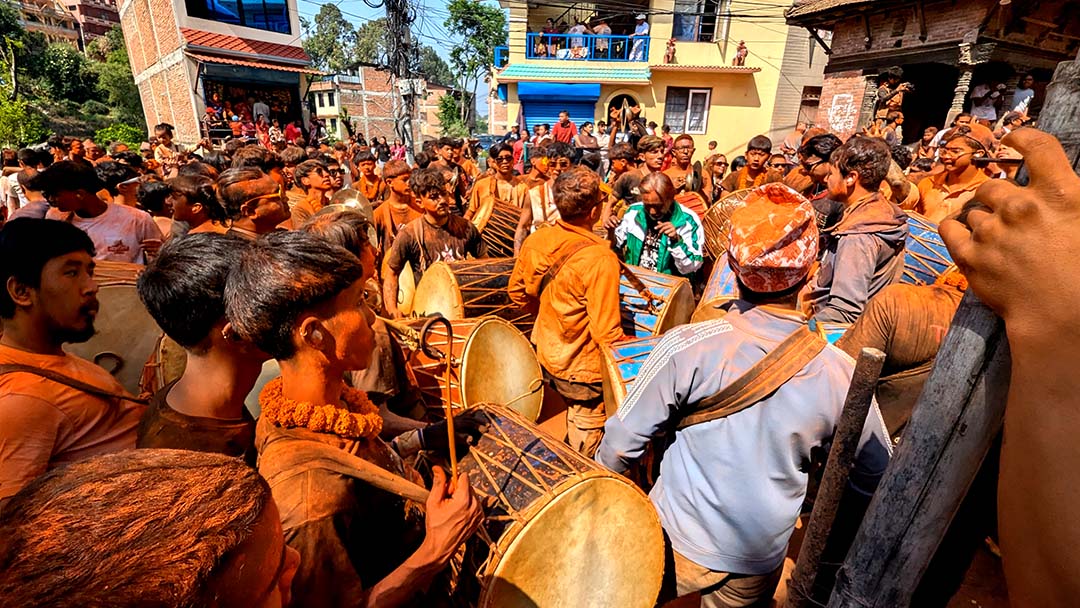
April 25, 2025
Immerse Yourself in the Vibrant Chaos of Bisket Jatra and Sindur Jatra in Nepal
Bisket Jatra and Sindur Jatra are two of the most exhilarating and culturally rich festivals celebrated in the Kathmandu...
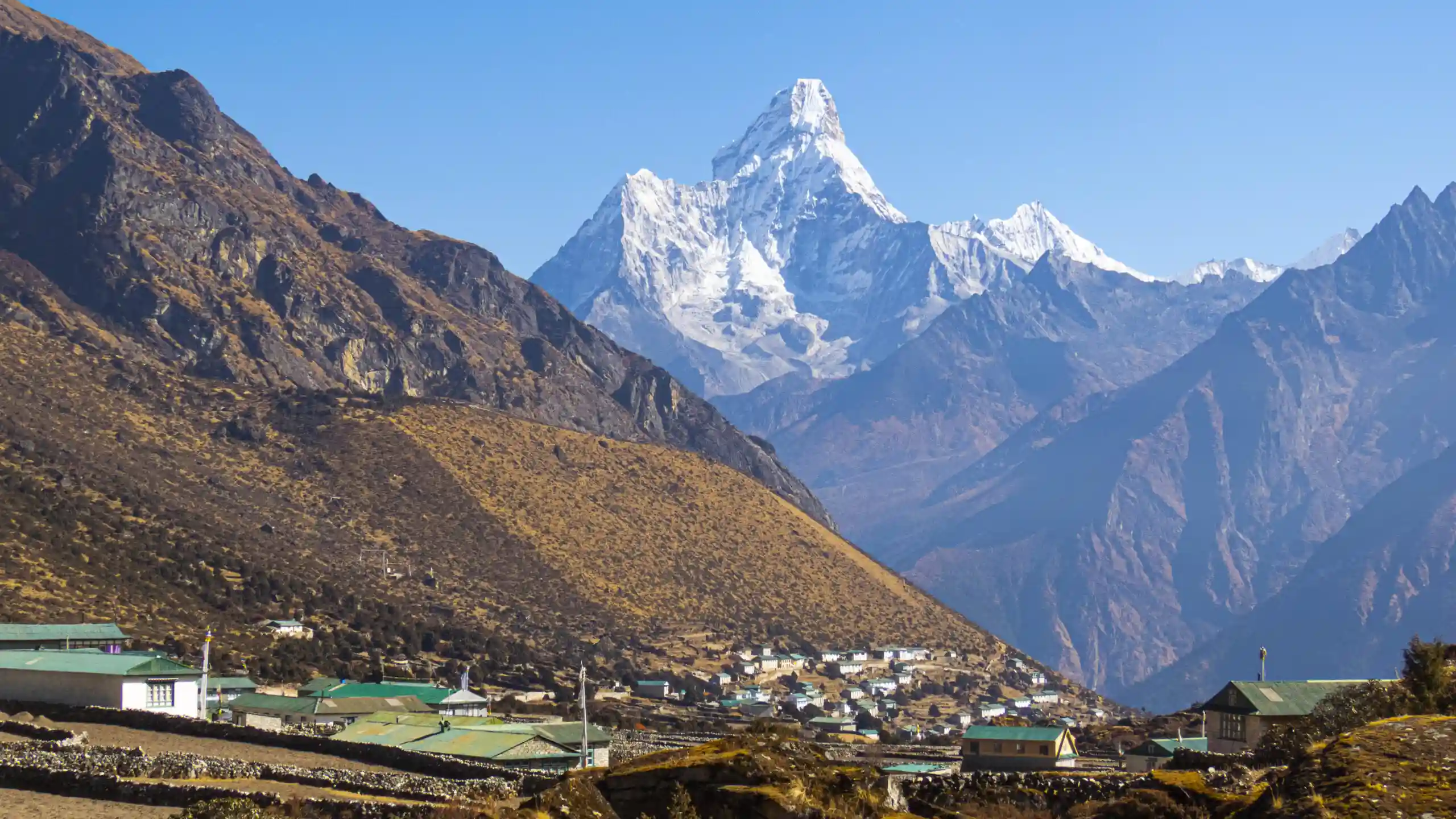
April 22, 2025
Everest Base Camp Trek Distance Guide
Everest Base Camp Trek Distance Guide: From Lukla to the Roof of the World Embark on the adventure of...
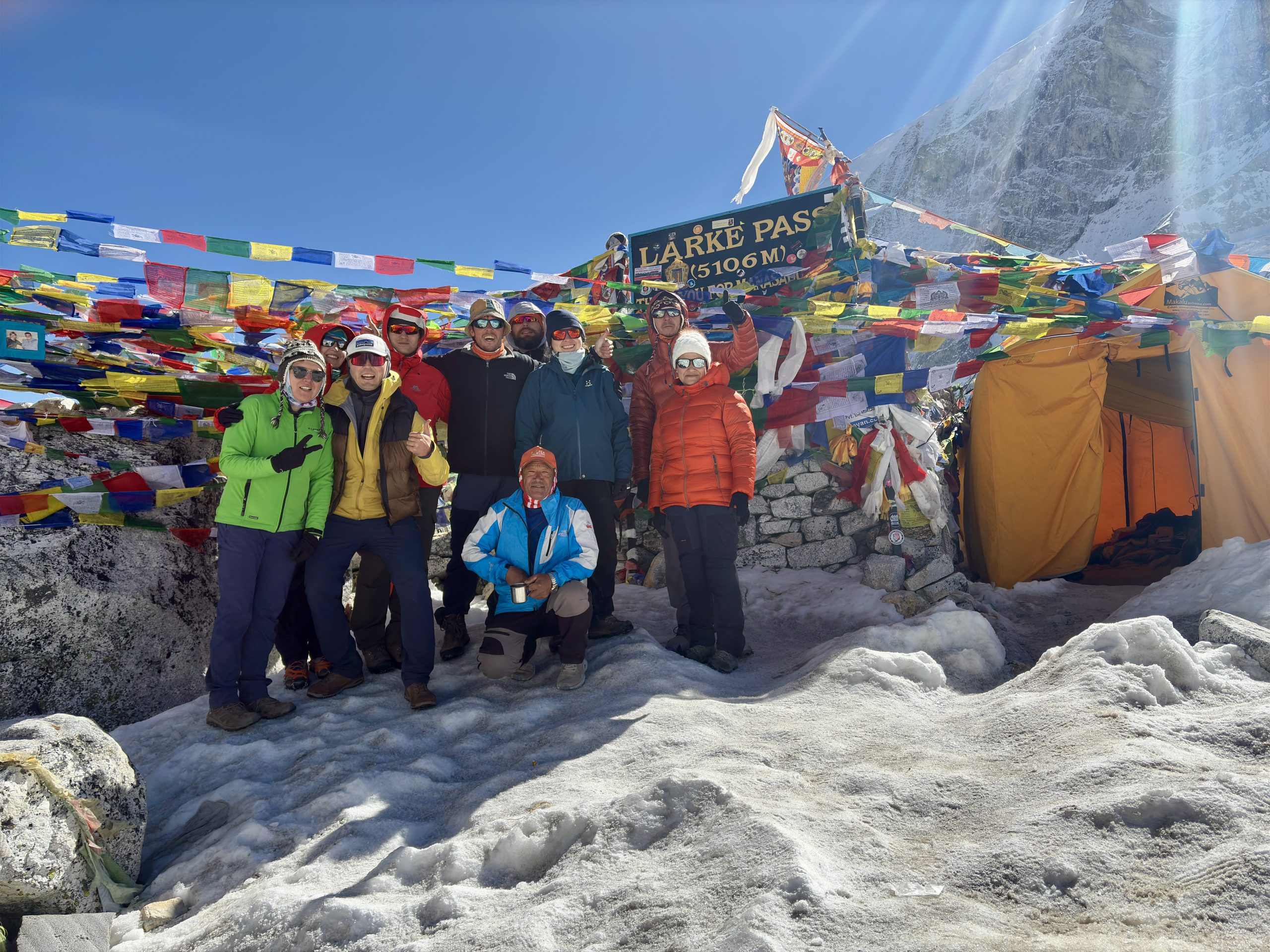
March 21, 2025
Larke La Pass (5,106m): A Breathtaking Himalayan Adventure
Larke La Pass (5,106m): A Breathtaking Himalayan Adventure Nestled within the heart of Nepal’s Manaslu Conservation Area, Larke La...
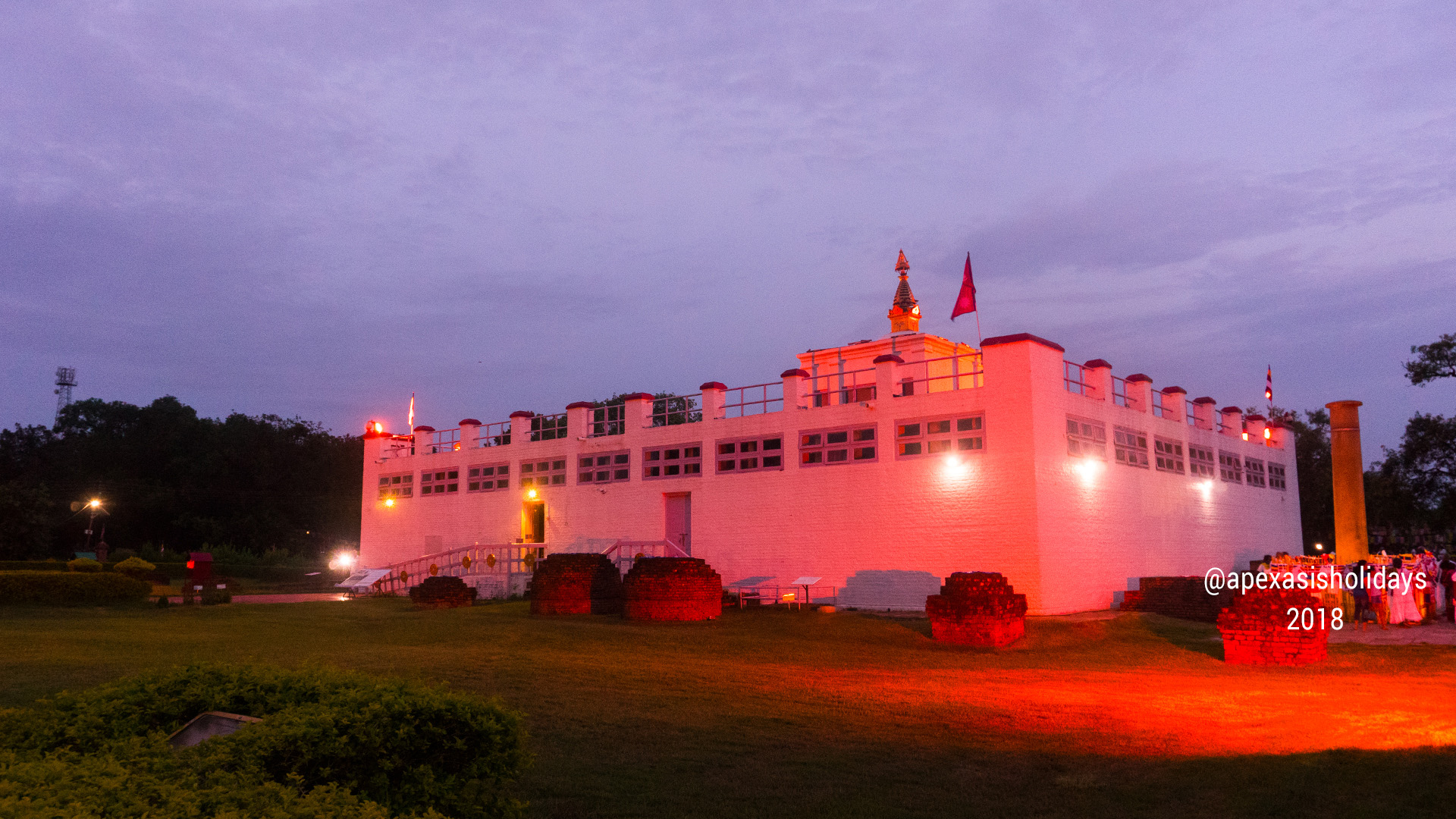
March 14, 2025
Entry Fees for Heritage Sites and Museums in Nepal
When planning your city tour in Nepal, it’s essential to be aware of the entry fees for various heritage...
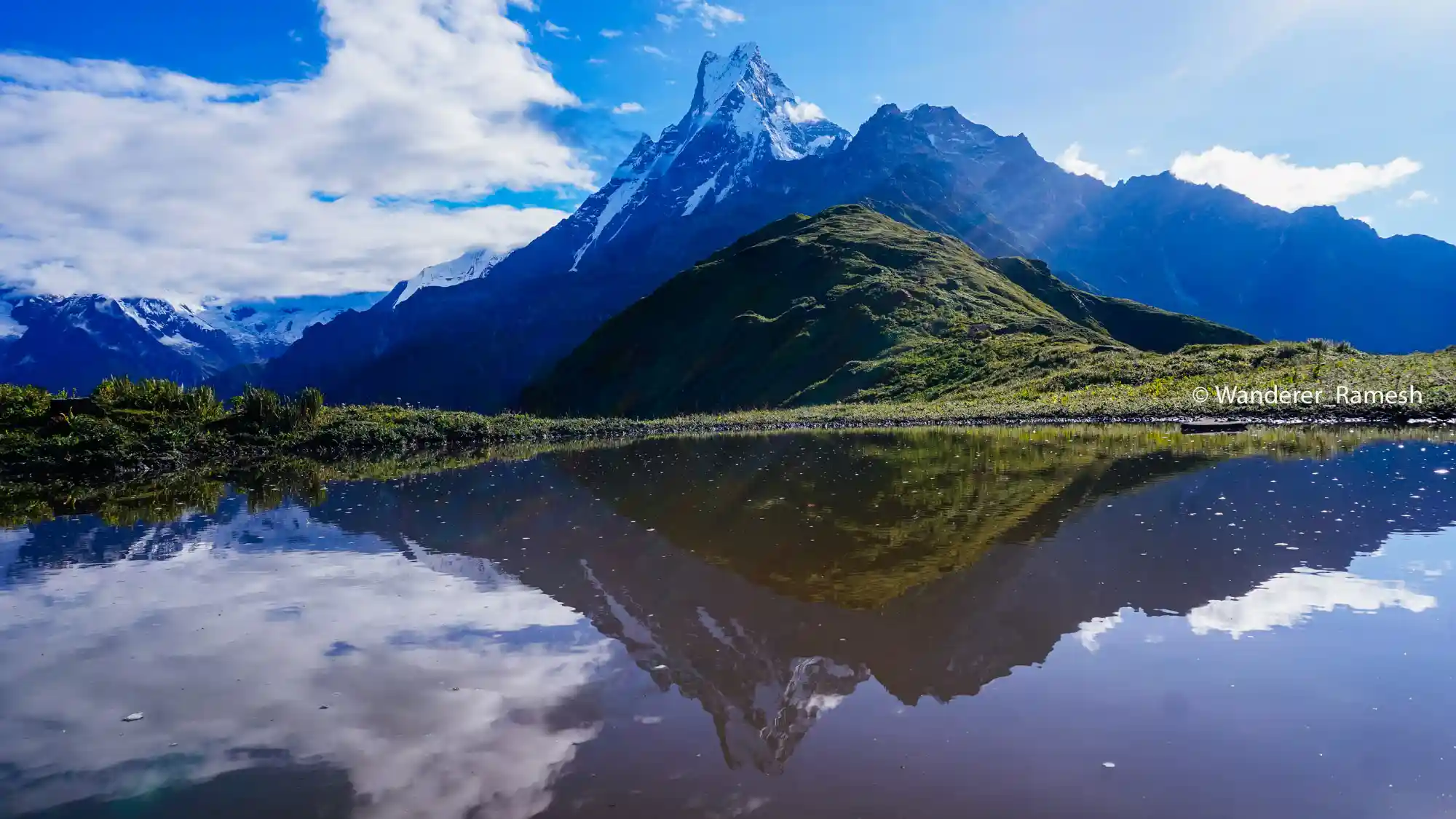
March 12, 2025
List of Hotels on the Mardi Himal Base Camp Trek
Are you looking for accommodation along the Mardi Himal Trek route? You will primarily find teahouses, guesthouses, and basic...
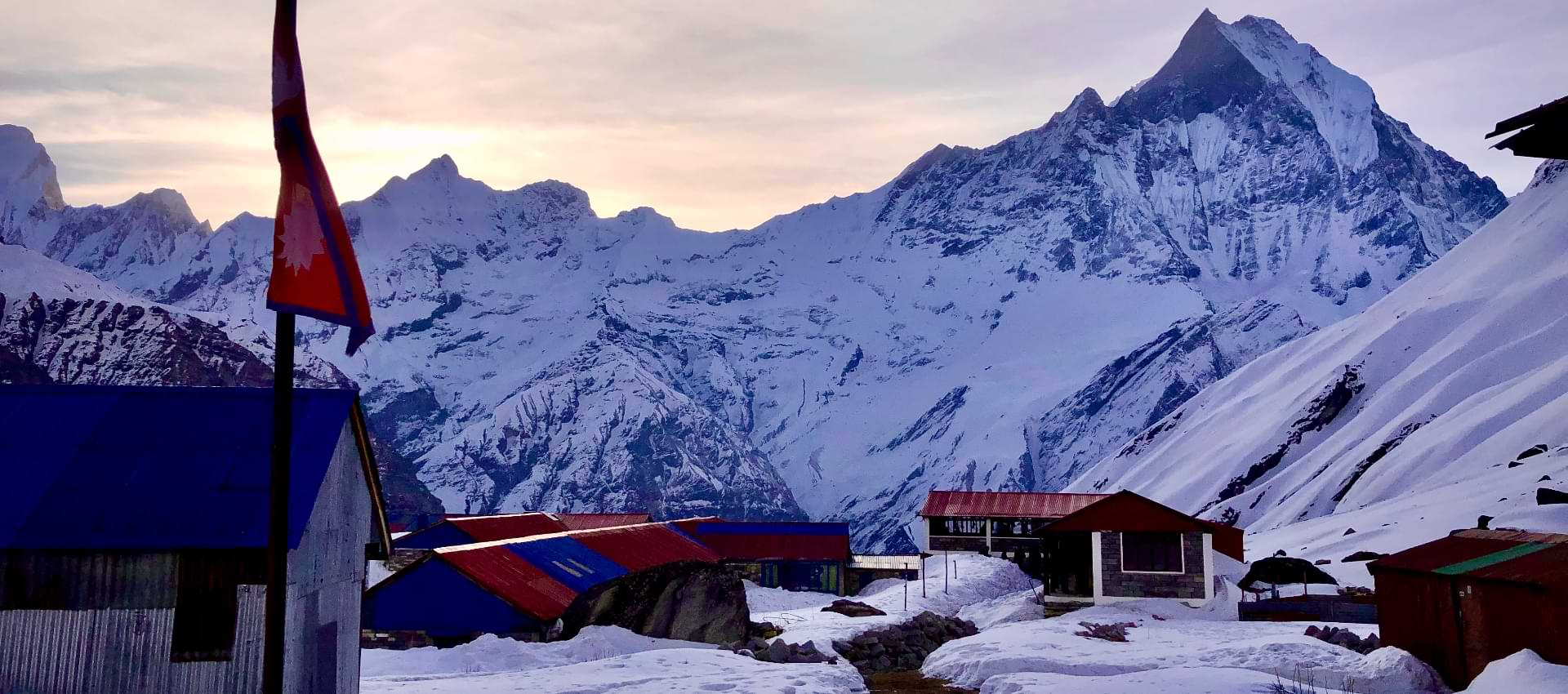
March 10, 2025
Hotel Names and Contact Numbers on the Annapurna Base Camp Trek
Hotel Names and Contact Numbers on the Annapurna Base Camp Trek The availability of hotels and guesthouses along the...
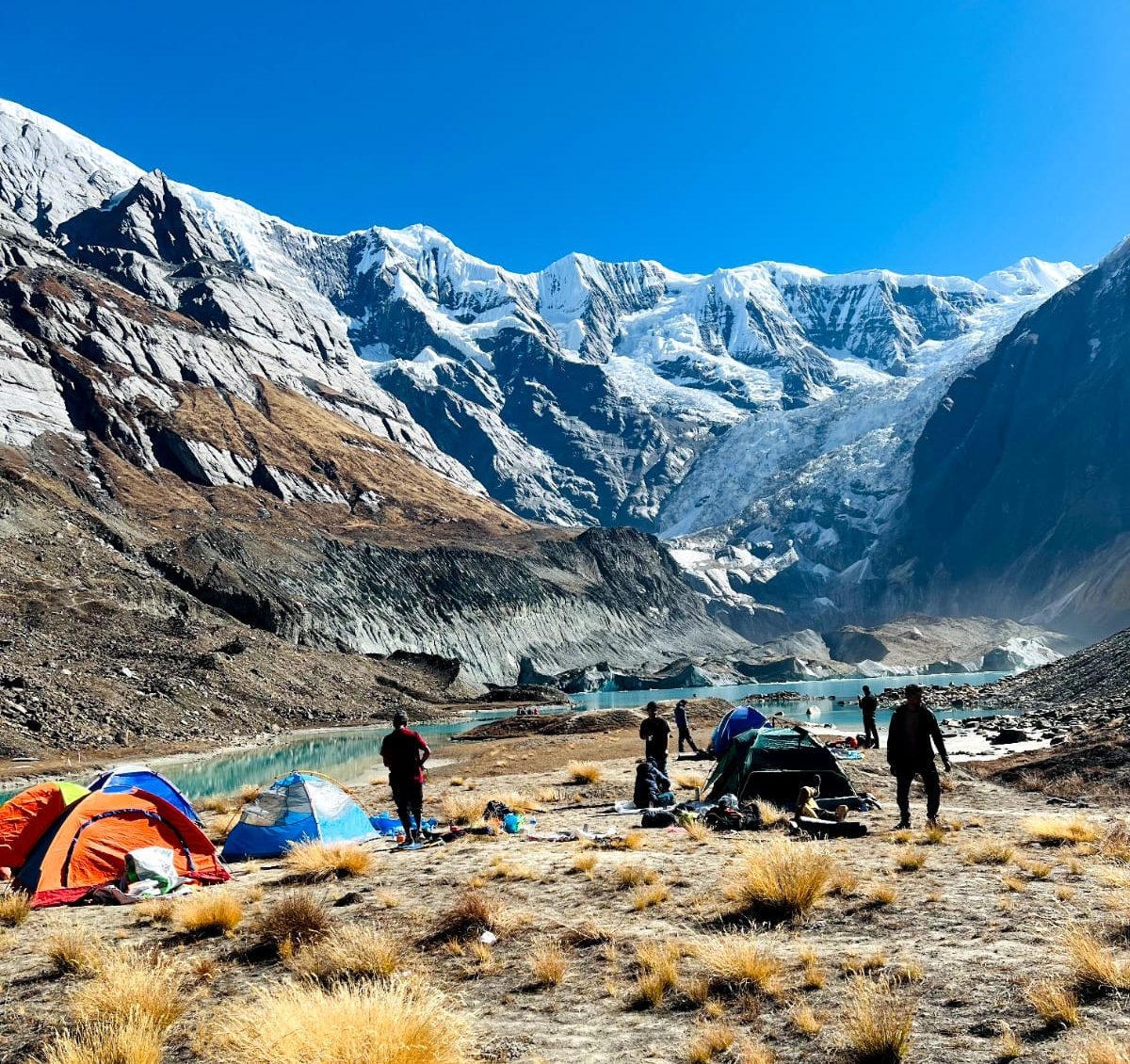
January 09, 2025
Journey to the Hidden Gem: North Annapurna Base Camp Trek
The wind carried a faint whisper of adventure as I set foot in Narchang village, the gateway to one...
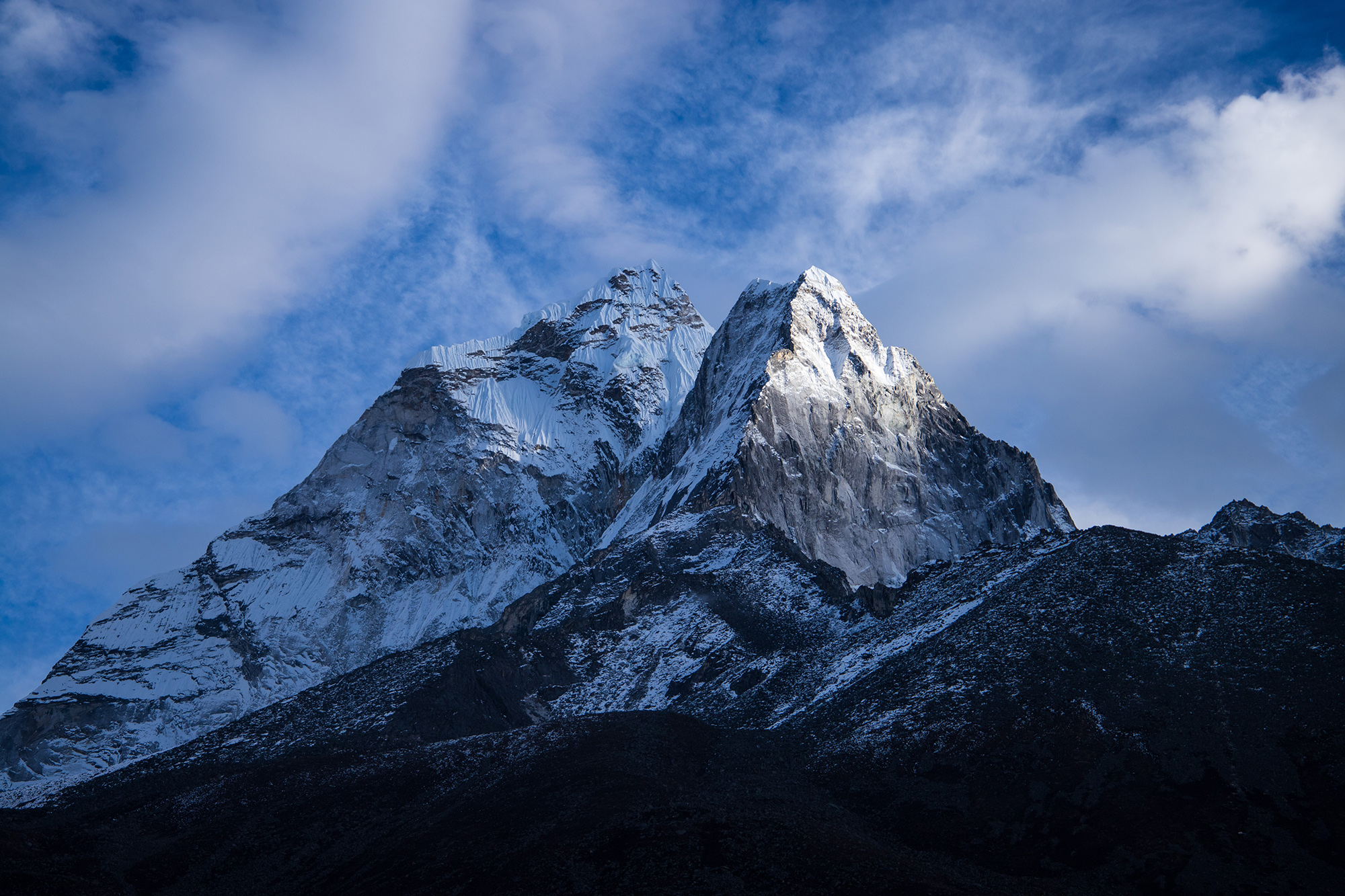
January 07, 2025
The Importance of Acclimatization Days on the Everest Base Camp Trek
The Importance of Acclimatization Days The Everest Base Camp (EBC) Trek is one of the most iconic journeys for...
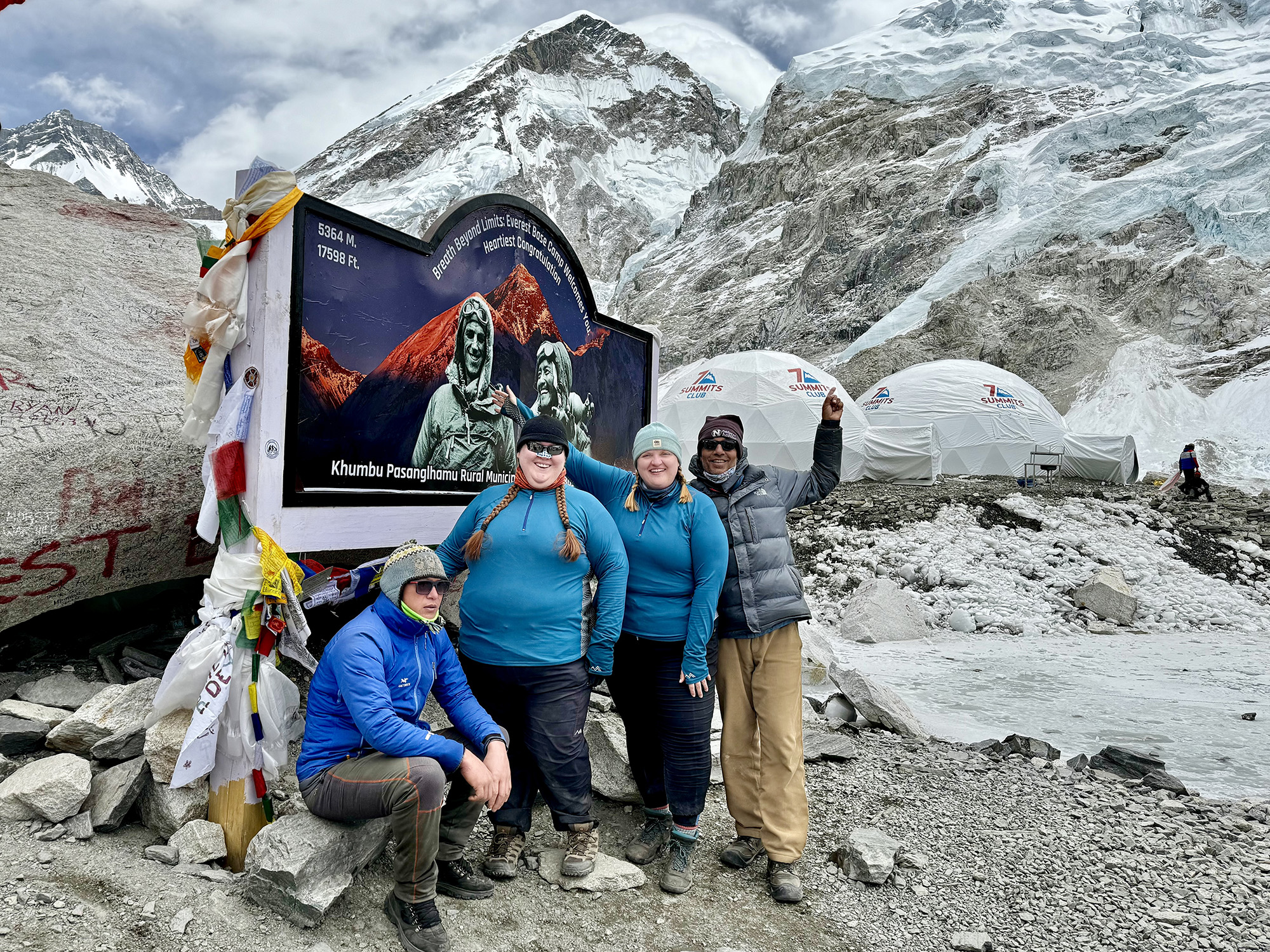
January 03, 2025
Everest Base Camp: A Journey to the Roof of the World
Every step on the Everest Base Camp (EBC) Trek carries you closer to the roof of the world, where...

 Ramesh Khanal
Ramesh Khanal